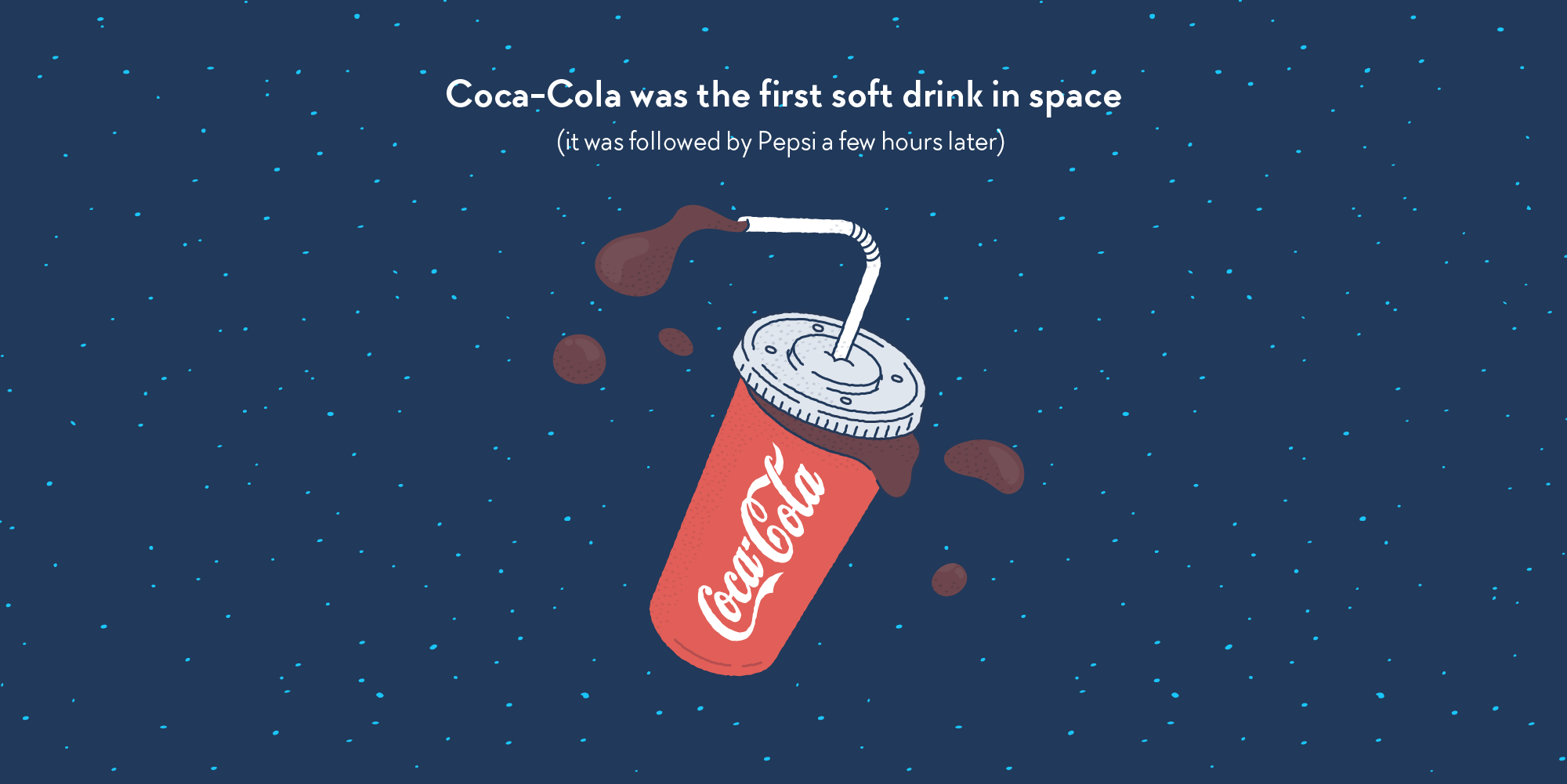Want to delve deeper into What Was The First Soft Drink In Outer Space? Read this article to gain broader knowledge.

The First Refreshment Beyond Earth: The History of Soft Drinks in Space
When Neil Armstrong stepped onto the moon in 1969, he carried with him a symbol of American ingenuity and innovation—Tang. The powdered fruit drink, designed to combat dehydration in the harsh environment of space, became the first soft drink consumed outside Earth’s atmosphere.
Tang’s Journey to the Cosmos
Tang was developed in the 1950s as an instant powdered drink for astronauts. Its lightweight and long shelf life made it ideal for space travel. In 1965, it was included in the Gemini 4 mission, making its debut in space.
During the Apollo missions to the moon, Tang became a staple of the astronauts’ diet. Its fruity flavor and ease of preparation provided a comforting taste of home in the alien landscape of space. Tang’s success in space solidified its place in history as the first soft drink consumed beyond Earth’s atmosphere.
The Evolution of Soft Drinks in Space
Tang’s success prompted further research and development of soft drinks for space travel. In the 1970s, the Soviet Union introduced Baikal, a carbonated soft drink similar to root beer. Baikal became a popular choice for cosmonauts, who often preferred its stronger flavor to Tang.
In the 1990s, NASA began experimenting with carbonated soft drinks for space travel. The first experiment involved the use of a carbonation system to produce Coca-Cola in space. The experiment was successful, and Coca-Cola became the first carbonated soft drink consumed in space.
Current Trends in Space Soft Drinks
Today, a wide variety of soft drinks are available to astronauts. NASA has developed its space-ready version of Mountain Dew, complete with a carbonation system to keep it fizzy. Other popular choices include Gatorade, Powerade, and various fruit juices.
Astronauts now have a wide range of soft drinks to choose from, providing them with a taste of home while exploring the vast expanse of space.
Tips and Expert Advice for Consumers
Soft drinks can be a refreshing and convenient choice for astronauts in space, but for consumers on Earth, they should be consumed in moderation. Here are a few tips to help you make healthier choices:
-
Limit your intake of sugary soft drinks. They can contribute to weight gain, tooth decay, and other health problems.
-
Choose diet or sugar-free soft drinks instead. They provide the same refreshing taste without the added calories and sugar.
-
Hydrate with water. Water is the best way to stay hydrated and quench your thirst. Make it your beverage of choice over soft drinks.
Frequently Asked Questions
Q: What are the benefits of drinking soft drinks in space?
A: Soft drinks provide a source of hydration and nutrients for astronauts in space. They can also help to boost morale and provide a taste of home.
Q: What are the drawbacks of drinking soft drinks in space?
A: Soft drinks can contribute to weight gain and tooth decay. They can also be dehydrating if consumed in excess.
Q: What is the future of soft drinks in space?
A: As space travel continues to advance, the development of new and innovative soft drinks will likely continue. We can expect to see more carbonated soft drinks, as well as more healthy and nutritious options.
Conclusion
Soft drinks have played an important role in space exploration, providing astronauts with a taste of home and a source of refreshment and hydration. From Tang to Coca-Cola, the evolution of soft drinks in space reflects the ingenuity and innovation of the human spirit.
Do you enjoy learning about the history of space food and beverages? Share your thoughts and questions in the comments below.

Image: factourism.com
We express our gratitude for your visit to our site and for reading What Was The First Soft Drink In Outer Space. We hope this article is beneficial for you.